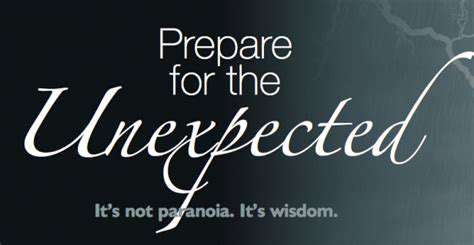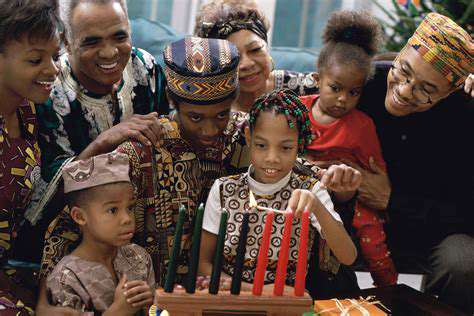Modern Wedding Planning Guide for Contemporary Celebrations
Beyond the White Dress: Exploring Non-Traditional Styles
Moving beyond the traditional white dress and tuxedo allows couples to showcase their personalities in unexpected ways. Imagine a bride in a deep emerald velvet gown or a groom in a tailored linen suit—these choices instantly set a distinctive tone. Your attire should feel like an extension of who you are, not just a costume for the day. For those drawn to unconventional elegance, a champagne-colored jumpsuit or a floral-print suit can make as powerful a statement as any classic ensemble.
This approach isn’t just about aesthetics—it’s practical too. Non-traditional outfits often come with friendlier price tags than their conventional counterparts. A vintage boutique might yield a one-of-a-kind find, while separates from contemporary brands could be repurposed post-wedding. The key is choosing pieces that spark joy when you see them in photos decades later.
Crafting a Personalized Ceremony: Honoring Your Story
The most touching ceremonies weave together threads of a couple’s shared history. Instead of generic readings, consider passages from the novel you read on your first vacation together, or lyrics from the song playing during your first dance. One couple exchanged vows using childhood stuffed animals as props, symbolizing how they’d nurtured each other’s inner child. These authentic touches transform spectators into witnesses of your true connection.
Cultural fusion creates particularly meaningful moments. A tea ceremony might precede a ring exchange, or a hora could follow the first kiss. One bride carried her grandmother’s handkerchief while wearing her mother-in-law’s necklace—a beautiful blend of family traditions. When rituals carry personal significance, they resonate far beyond their visual appeal.
Designing a Budget-Friendly and Stylish Celebration: Maximizing Your Resources
Venue selection often makes or breaks the budget. That charming bookstore you love for weekend browsing? Many indie shops host intimate weddings at a fraction of banquet hall costs. Community gardens frequently offer stunning backdrops for the price of a donation. Think outside the “wedding venue” box to discover hidden gems with built-in character.
Decor represents another area for savings with style. Instead of floral centerpieces, potted herbs double as favors. Local art students might create custom installations for their portfolios. One couple projected their favorite travel photos onto blank walls—a free decoration that became the evening’s conversation starter. Creativity, not cash, makes memories memorable.
Selecting the Perfect Venue: Finding the Ideal Setting for Your Celebration

Choosing the Right Atmosphere
Creating the perfect ambiance begins with understanding your event’s emotional core. That industrial loft with exposed brick might energize a lively crowd, while a greenhouse’s dappled light suits quiet romantics. Visit potential venues at your event’s planned time—a space that glows at sunset might feel cavernous under midday fluorescents. Don’t underestimate how flooring affects mood: hardwood invites dancing, while carpet absorbs sound for speech-heavy gatherings.
Location, Location, Location
Accessibility impacts attendance more than couples realize. A downtown venue with ride-share drop zones and nearby hotels prevents transportation headaches. For destination weddings, provide printed maps with public transit options—elderly guests particularly appreciate this. Pro tip: Book a room block at multiple price points to accommodate all budgets.
Capacity and Size
Always confirm fire code capacities—not just “comfortable” numbers quoted by staff. For 100 guests, seek venues rated for 120 to allow breathing room. Measure dance floor dimensions against your band’s requirements—nothing kills vibes like a cramped quartet. Ceiling height matters too; tall spaces accommodate dramatic lighting, while low ceilings create intimacy.
Catering and Services
Sample menus during slow seasons when chefs have time to showcase their best work. Ask about seasonal ingredient flexibility—a spring wedding shouldn’t serve winter root vegetables. Confirm cake-cutting fees upfront; some venues charge per slice despite providing the utensils.
Budget Considerations
Negotiate off-peak discounts—Sunday mornings in November often cost less than Saturday nights in June. Inquire about “bring your own” alcohol policies; corkage fees still beat open-bar markups. Always get all potential charges in writing, including overtime fees and cleaning deposits.
Accessibility and Amenities
Test restroom capacity—no one wants lines during cocktail hour. Verify adequate outlets for vendors’ equipment. Check cell service—officiants sometimes need last-minute Google access. Outdoor venues require rain plans with proper flooring; high heels sink in grass.
Reviews and Recommendations
Search reviews for repeated complaints about specific staff members. Ask vendors for off-record venue opinions—photographers know which spaces photograph poorly. Recent renovations might not appear in older reviews, so ask about updates.

Managing the Details: Ensuring a Smooth and Stress-Free Day

Planning and Organization
Create a master document with vendor contact sheets, setup diagrams, and emergency contacts. Distribute color-coded timelines—gold for VIPs, silver for vendors, bronze for attendants. Pack an “emergency kit” with fashion tape, stain remover, and spare phone chargers—these save more weddings than any planner.
Resource Allocation and Management
Prioritize spending on elements guests remember longest—great food beats expensive chair covers. Allocate extra time for hair/makeup trials—last-minute changes cost triple. Designate one credit card for all wedding purchases to simplify tracking.
Communication and Collaboration
Establish a group chat for key players but set “quiet hours” to prevent 3AM text avalanches. Create a shared online folder for contracts—Google Drive beats email chains. For blended families, appoint a neutral liaison to prevent miscommunications.
Risk Assessment and Mitigation
Prepare for weather extremes—pashminas for chilly evenings, parasols for sunny ceremonies. Have a “vow assistant” memorize speeches in case phones fail. Keep vendor meals simple to avoid allergic reactions.
Quality Control and Assurance
Schedule final walkthroughs when setups are complete—photographers need to scout angles. Taste cakes at room temperature—fondant behaves differently chilled. Confirm floral deliveries include extra blooms for last-minute arrangements.
Monitoring and Evaluation
Designate a trusted friend to troubleshoot so you can stay present. Note what works for future anniversaries—that signature cocktail might become tradition. Send vendors thank-you notes with specific compliments—they’ll remember you for referrals.
Read more about Modern Wedding Planning Guide for Contemporary Celebrations
Hot Recommendations
- Step by Step Guide to Creating a Memorable Wedding Experience
- Expert Advice on Planning a Wedding with Family Traditions
- How to Organize a Destination Wedding That Reflects Your Style
- How to Choose the Perfect Wedding Venue for Your Style
- Expert Tips for Choosing Wedding Decor That Elevates Your Event
- How to Plan a Timeless Wedding with Modern Flair
- How to Create a Detailed Wedding Plan That Covers Every Detail
- How to Choose the Right Wedding Music for Every Moment
- Step by Step Guide to Crafting Personalized Wedding Themes
- How to Plan a Sustainable Wedding with Eco Friendly Ideas











